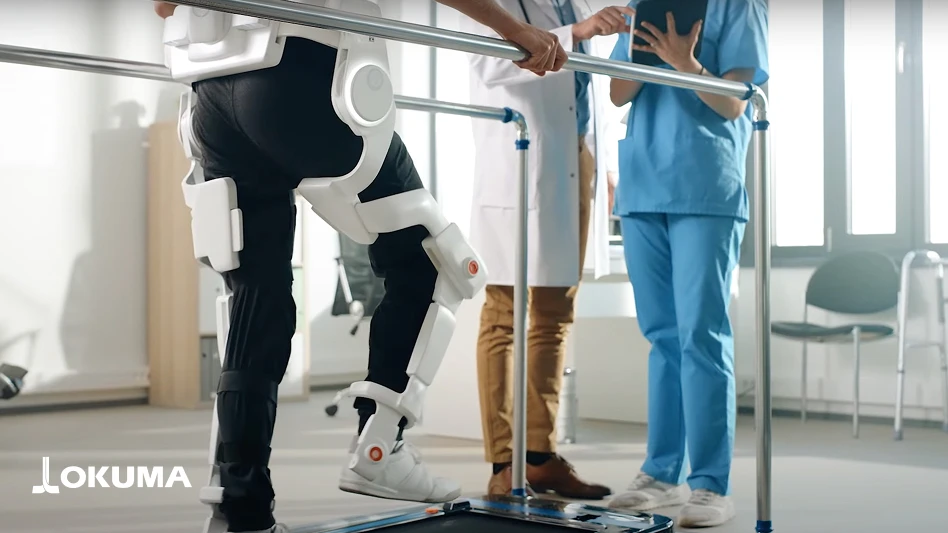
This is a modal window.
People with arm amputations can experience sensations of touch in a mind-controlled arm prosthesis that they use in everyday life.
PHOTO: The neuromusculoskeletal prosthesis has a direct connection to a person's nerves, muscles and skeleton. The neural interfaces are electrodes wrapped around the severed nerves. The muscular interfaces consist of electrodes implanted on the biceps and triceps muscles. The skeletal interface comprises a titanium screw that is osseointegrated within the bone - meaning that the bone cells are directly attached to it, providing mechanical stability. Part of the skeletal interface extends out of the body through the skin and connects to the prosthetic arm. Electrical connectors embedded in the skeletal interface provide bidirectional communication between the prosthesis and the electrodes implanted in nerves and muscles. Illustration: Sara Manca /Yen Strandqvist/Chalmers University of Technology
A study in the New England Journal of Medicine reports on three Swedish patients who have lived, for several years, with this new technology - one of the world's most integrated interfaces between human and machine.
Latest from Today's Medical Developments
- CUI Crash Course from Smithers
- Revolutionary implant harnesses electricity for healing
- Discover the advantages of Oerlikon's latest Surface Two technology
- #48 Lunch + Learn Podcast with OPEN MIND Technologies
- CERATIZIT achieves SBTi validation for emissions goals
- Applied Motion Products’ MLA & MEA series linear actuators
- Arterex expands portfolio with Xponent Global acquisition
- Meet the Digimar 814 C: precision and efficiency in metrology









